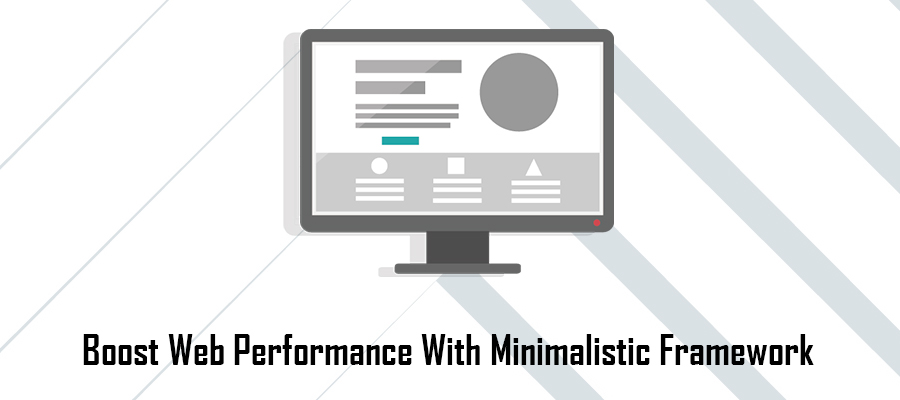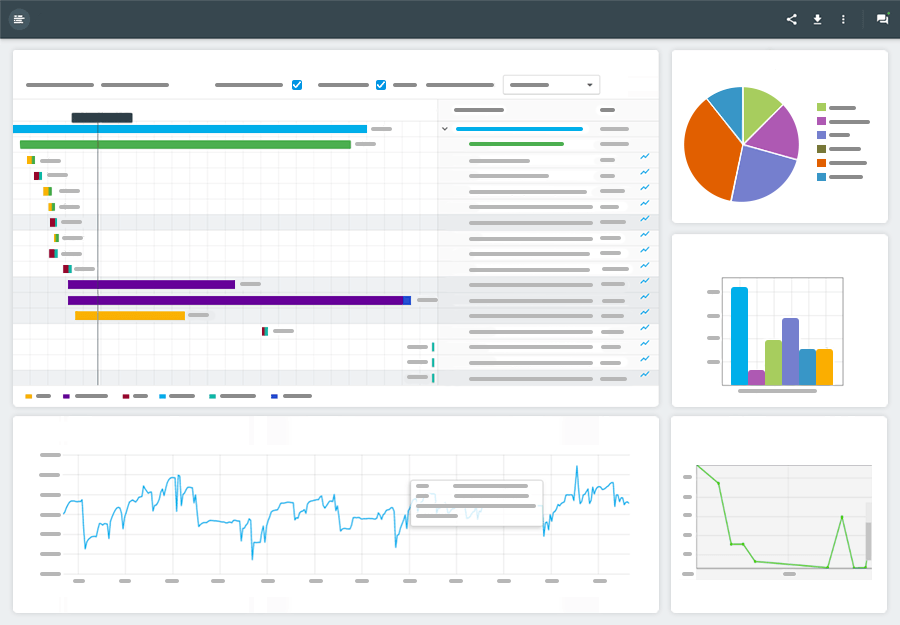 Are you a professional coder? Do you know how to handwrite dynamic and responsive websites? If so, then why are your reading this article? If you’re like the millions of other webmasters who aren’t fluent in programming code, then your website is likely built upon a front-end framework.
Are you a professional coder? Do you know how to handwrite dynamic and responsive websites? If so, then why are your reading this article? If you’re like the millions of other webmasters who aren’t fluent in programming code, then your website is likely built upon a front-end framework.
Essentially, framework is just as it sounds. It’s a pre-built structure of a website that you may then customize and make your own. While front-end framework is a popular and common solution when building a website, if you aren’t careful, this integral element could potentially be the main reason why your website is so sluggish.
If you’re searching for a way to boost the performance of your website from its foundation, then it’s important that you take some time and learn about front-end framework and its best practices. Otherwise, you may end up with a beautifully designed site that nobody has patience to view.
Essential Framework Elements for Swift Performance
As with any other website element, there are specific features you should be mindful of when selecting the best option for your site. Before you begin searching for the perfect minimalistic framework for your web project, take a few moments to learn about several core elements. By keeping these elements in mind, you’ll have a much easier time making this ever-important choice.
- Your Skill Level – This is perhaps the most important element to bear in mind. While you may find the perfect minimalistic framework for your project, if it’s beyond your current knowledge, then you may find it far more frustrating than beneficial. While it’s important to use a framework you can actually understand, don’t be afraid to go outside of your comfort zone and choose a framework that’s slightly more complex than you’re used to. Sometimes the best way to learn is to force yourself to understand that which you aren’t familiar with.
- Responsive Framework Design – Perhaps the most important element to look for in a framework is its responsiveness. If your site doesn’t look great, and perform well, across a myriad of devices, such as desktop and mobile platforms, then you could be loosing out on tons of viewers. Make sure that your minimalistic framework is fully responsive. If it’s not, keep it moving.
- Appearance Without the Bloat – The beautiful aspect of a pre-built framework is its ability to set the foundation of your visual style. However, most frameworks are filled with useless visual clutter that bog down your website performance. While it’s important to choose a framework that fits your overall design goals, don’t be afraid to use one that’s, well, minimalistic.
- Review Code Documents – This is very important when you’re trying to locate the ideal minimalistic framework. Before making your choice, review the CSS, HTML and Javascript code documents. Make sure they’re clean and concise. While the rendering of a site may look minimalistic, it doesn’t necessarily mean its code is.
- Review Documented Load Times – This should be an obvious element to review, but its importance makes it worth pointing out. Before making your choice, review the reported response times from other webmasters. Trust us, you’ll be glad you did.


